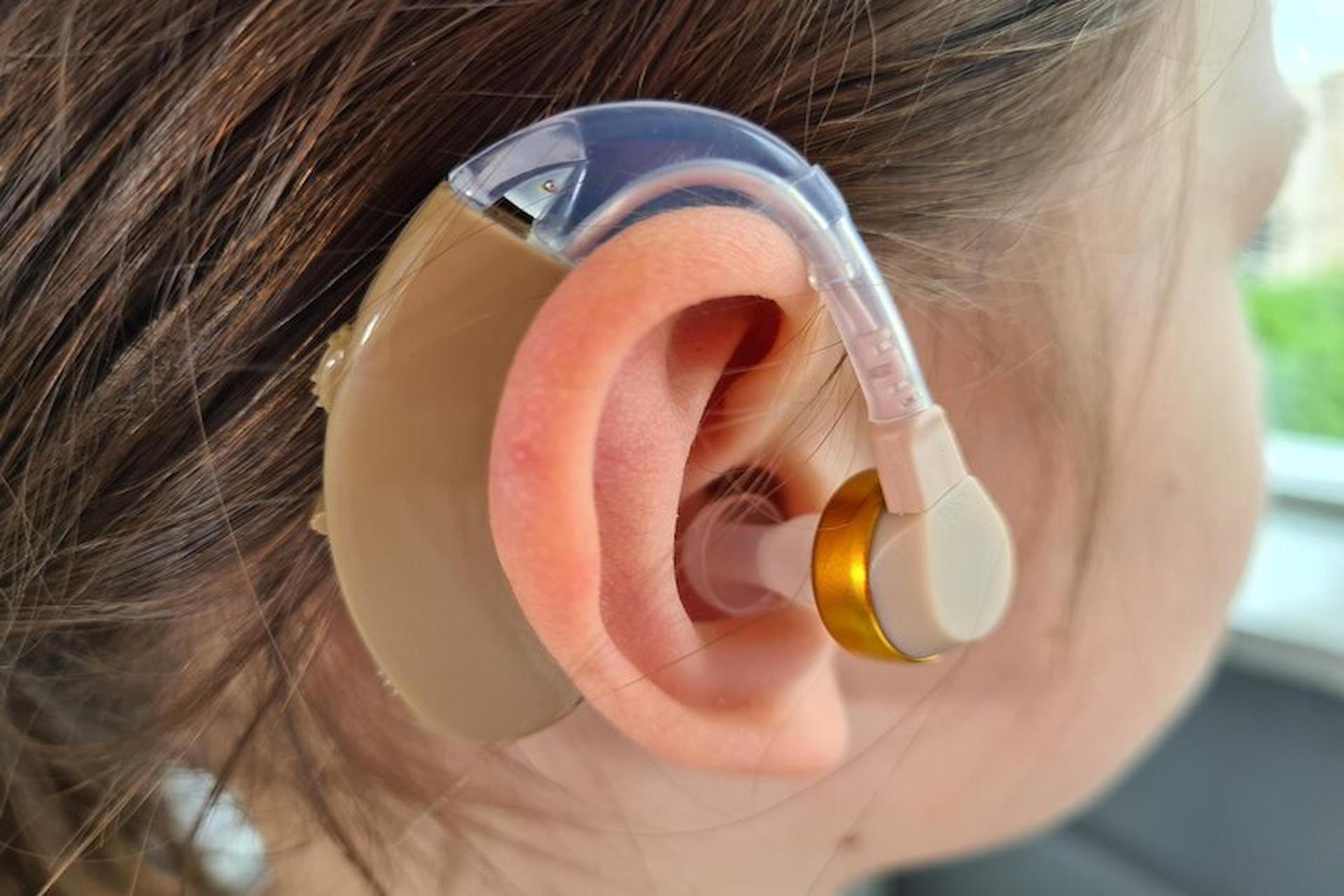Hearing loss is a prevalent yet often misunderstood condition that affects millions of people worldwide. Anyone can experience varying degrees of hearing impairment, from infants to older people. Understanding the causes and available solutions is crucial for effectively managing this condition and improving the quality of life for those affected.
Common Causes of Hearing Loss
Hearing loss can arise from various factors affecting individuals differently. Grasping these causes is essential for promptly detecting and managing hearing loss. Here are some of the most prevalent factors contributing to hearing impairment:
- Age (Presbycusis): Age-related hearing loss, known as presbycusis, is among the most common causes of hearing impairment in older adults. As people age, the delicate structures of the inner ear undergo natural degeneration, resulting in decreased hearing sensitivity, particularly to high-frequency sounds.
- Noise Exposure (Noise-Induced Hearing Loss): Extended exposure to loud sounds, whether in professional settings, during leisure activities, or in day-to-day surroundings, has the potential to harm the hair cells within the inner ear. This form of hearing impairment, noise-induced hearing loss (NIHL), may result in temporary or permanent damage, depending on the extent and duration of exposure.
- Genetics: Genetic factors play a significant role in hearing health. Some individuals may inherit genetic mutations predisposing them to hearing loss from birth or later in life. Genetic conditions such as otosclerosis, Usher syndrome, and Waardenburg syndrome can impact hearing abilities.
- Medical Conditions and Infections: Certain conditions and infections can affect hearing health. Ear infections, especially if recurrent or left untreated, can lead to temporary or permanent hearing loss. Other conditions, such as otosclerosis (abnormal bone growth in the middle ear) or Meniere’s disease (a disorder of the inner ear), can also impair hearing.
- Trauma or Injury: Injuries such as head trauma or abrupt alterations in air pressure (barotrauma) can harm the ear’s structures, leading to hearing impairment. Trauma-related hearing loss can be conductive (affecting the middle or outer ear) or sensorineural (affecting the inner ear or auditory nerve).
- Medications (Ototoxicity): Some medicines, identified as ototoxic drugs, can harm the auditory system and result in hearing loss. These medications include antibiotics, chemotherapy, loop diuretics, and nonsteroidal anti-inflammatory drugs (NSAIDs). The effects of ototoxicity can vary, potentially resulting in either temporary or permanent damage influenced by the dosage and duration of medication usage.
- Congenital Factors: Certain individuals experience hearing loss from birth due to congenital factors. These may include genetic abnormalities, maternal infections during pregnancy (such as rubella or cytomegalovirus), premature birth, low birth weight, or complications during childbirth.
- Autoimmune Disorders: Specific autoimmune disorders, like autoimmune inner ear disease (AIED), have the potential to trigger inflammation and harm the structures within the inner ear, resulting in hearing loss. These conditions involve the body’s immune system mistakenly attacking its tissues, including those in the ear.
Solutions for Hearing Loss
Addressing hearing loss involves a range of solutions tailored to individual needs and preferences. From technological innovations to lifestyle adjustments, here are some practical approaches to managing hearing impairment:
- Hearing Aids: Hearing aids are versatile devices designed to amplify sounds and improve hearing clarity for individuals with hearing loss. These devices come in various styles and sizes, including behind-the-ear (BTE), in-the-ear (ITE), and completely in-the-canal (CIC) options. With advanced digital hearing aids can automatically adjust settings based on the listening environment, making conversations and everyday activities more accessible. If you live in Chester or a nearby area, hearing aids Chester can provide personalized solutions to meet your specific hearing needs.
- Assistive Listening Devices (ALDs): ALDs complement hearing aids by improving speech understanding in challenging listening situations. These devices transmit sound directly to the wearer’s ears, reducing background noise and enhancing communication clarity. Examples include FM systems, loop systems, captioned telephones, and vibrating alarm clocks.
- Communication Strategies and Rehabilitation: Learning effective communication strategies and participating in auditory training or speech therapy can help individuals maximise their remaining hearing abilities. Speech therapists can guide lip-reading techniques, auditory processing skills, and assertive communication strategies, empowering individuals to navigate social interactions confidently.
- Environmental Modifications: Making simple adjustments to the home or workplace environment can enhance communication for individuals with hearing loss. Installing carpeting or curtains to dampen sound, using visual cues like hand gestures or facial expressions during conversations, and ensuring adequate lighting can improve accessibility and reduce reliance on auditory cues.
- Captioning and Subtitles: Captioning services for television programs, movies, and online videos can improve accessibility for individuals with hearing loss by providing visual text representations of spoken dialogue and sound effects. Subtitles in various languages allow users to follow along with the content, ensuring a more inclusive viewing experience.
- Support Groups and Counseling: Joining support groups or seeking counselling from mental health professionals specialising in hearing loss can provide valuable emotional support and practical guidance for individuals and their families. Sharing experiences, coping strategies, and resources with others facing similar challenges can foster a sense of community and empowerment.
- Telecoils (T-Coils): Many hearing aids Chester, and cochlear implants are equipped with telecoils, or T-coils, which enable users to connect wirelessly to loop systems in public venues, theatres, and churches. T-coils pick up electromagnetic signals from loop systems, delivering clear, amplified sound directly to the wearer’s hearing device without additional equipment.
Conclusion
Hearing loss is a multifaceted condition that can significantly impact an individual’s life. By understanding the common causes of hearing loss and exploring available solutions, individuals can take proactive steps to address their hearing needs and maintain an active and fulfilling lifestyle. Whether through hearing aids, cochlear implants, assistive listening devices, or communication strategies, options are available to help individuals navigate the challenges of hearing loss and reconnect with the world around them.





